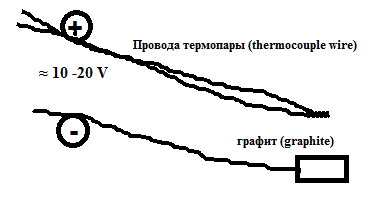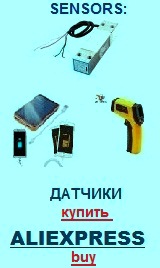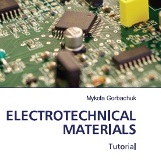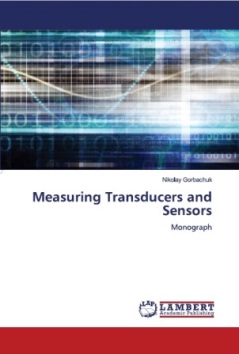Transducers, gauges, sensors - Information portal © 2011 - 2025 Use of material is possible by placing an active link
How to make a thermocouple
It is not very difficult to make a thermocouple. There are some simple ways to make a thermocouple by your own hands using locally available materials and equipment. You can make a thermocouple on your own at home. See below the video how to make it.
You can make thermocouples for measurements and researches under laboratory (home) conditions on your own. For that purpose use the wires from materials, suitable to make a thermocouple, which are commercially available. The diameter of wire is important at measurements of thermal processes within small scope (researches of objects with small sizes). The less the diameter of thermocouple wire is, the less the error in determination of temperature and determination of parameters for thermal processes is, as the impact of thermocouple on heat exchange is reduced. The material of thermocouple is chosen depending on supposed range of working temperatures, required sensitivity, available secondary equipment, etc. The thermocouples of chromel-alumel, copper-constantan, etc. are most widely used.
The process to make a thermocouple is to create a firm joint (welding, Fig. 3) of two materials (wires). To this effect, you may use a power source of sufficient capacity (for example, LACT - laboratory autoconnected transformer, car battery). Connect a thermocouple (both free ends) with wires 1, being previously mechanicall y connected, to one pole of power source(Fig. 1), and a contact, being connected with a piece of graphite (for example, pencil 2) - to the second pole.
The electrical arc arises and the wires of thermocouple are welded if you touch the graphite with connected ends of thermocouple. The voltage, necessary for welding, is selected on experimental basis starting from not large voltages of 3-5 V. The optimal value of voltage for welding depends on material of thermocouple, diameter, length and, as a rule, it does not exceed 40 - 50 V. At work it is necessary to observe safety precautions: Do not use too much voltage, do not touch the exposed parts of the electrical circuit. For the convenience of a small plot of thermocouple wires can be closed with tape, ceramic tube, and others.
You can also receive rather good connection while heating the wires of thermocouple using an arc discharge that arises between them and a strong water solution of common salt.
русский / english
Home >> Temperature, thermoelectricity. Thermocouple >> How to make a thermocouple. Video
Calibrating of thermocouple (calibration charts)
For a condition, when a free end(shut) of thermocouple is at the zero of degrees celsius. A temperature is driven to °C, E.M.F. (tension) in mV.
chromel - alumel (-270 °с to 1370 °с)
(0 °с to 1820 °с)
chromel - constantan (-260 °с to 1000 °с)
copper - constantan (-270 °с to 400 °с)
chromel - kopel (-20 to 200 °с)
Video: How to make a thermocouple
• Information about various converters and sensors of physical quantities, parameters of various physical processes is presented.
• Electrophysical properties and effects in various electrical materials.
• Theory, experimental results, practical application
Sometimes thermocouple wires are soldered to make a thermocouple. The composition of solders for soldering of low temperature thermocouples: (melting temperature in °C - composition of solder is mentioned). 185 - 225 °С - Sn(37,5%) + Pb(60%) + Sb(2,5%); 183 - 230 °С - Sn(40 - 45 %) + Pb(60 - 55 %); 183 °С - Sn(63%) + Pb(37%); 180 - 225 °С - Sn(50%) + Pb(50%); 145 °С - Sn(50%) + Pb(32%) + Cd(18%);
Picture 2. Mechanical connection of two wires before welding. Picture 3. How to make a thermocouple.
Electrical wiring diagram for welding thermocouple:


See also:
CONVERTERS, GAUGES, SENSORS
Information, news, advertising



